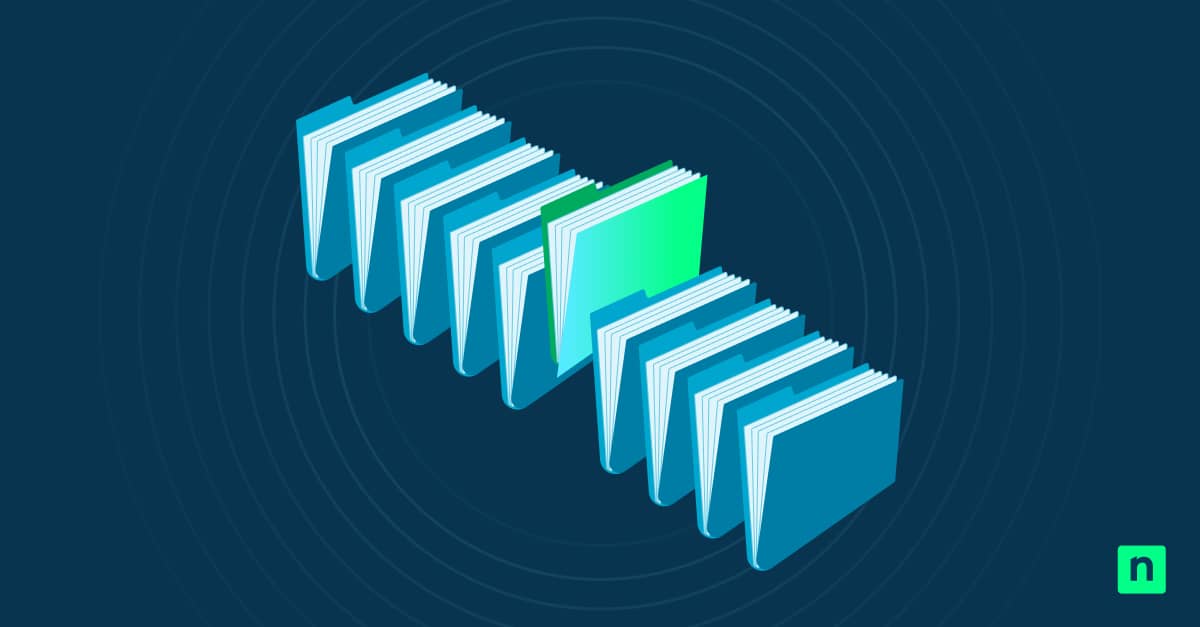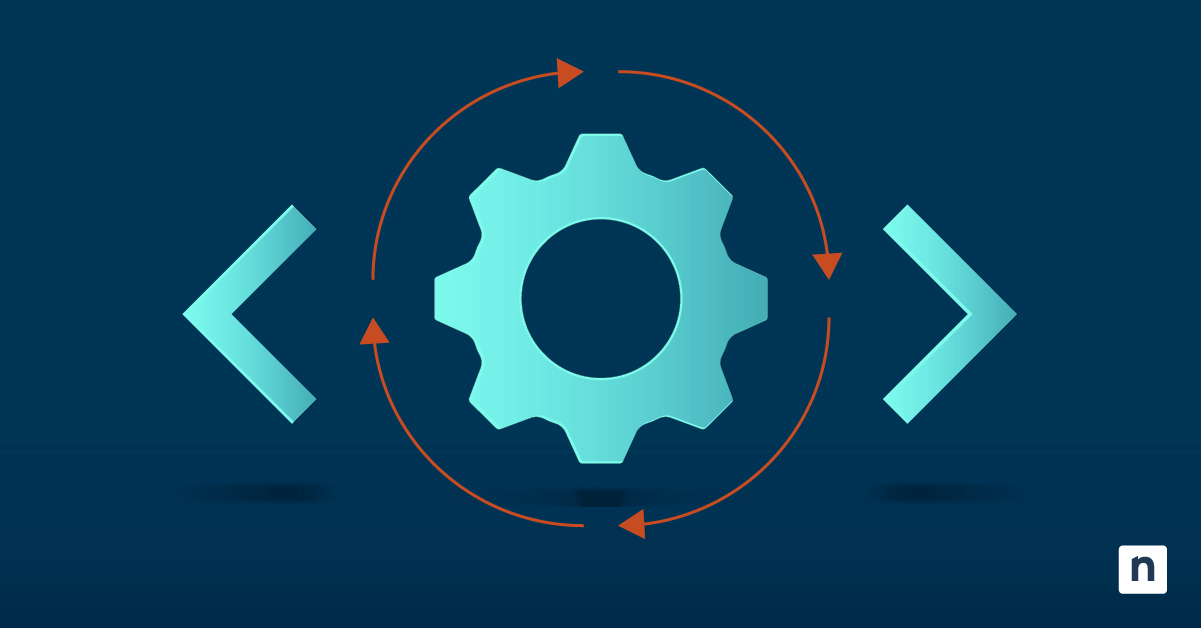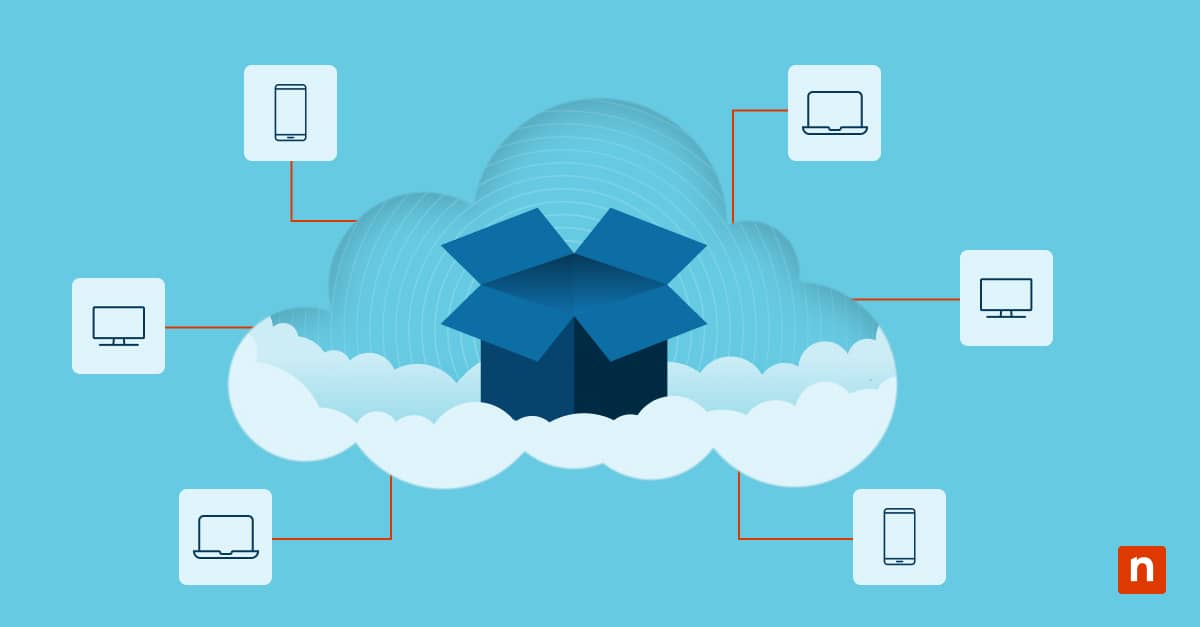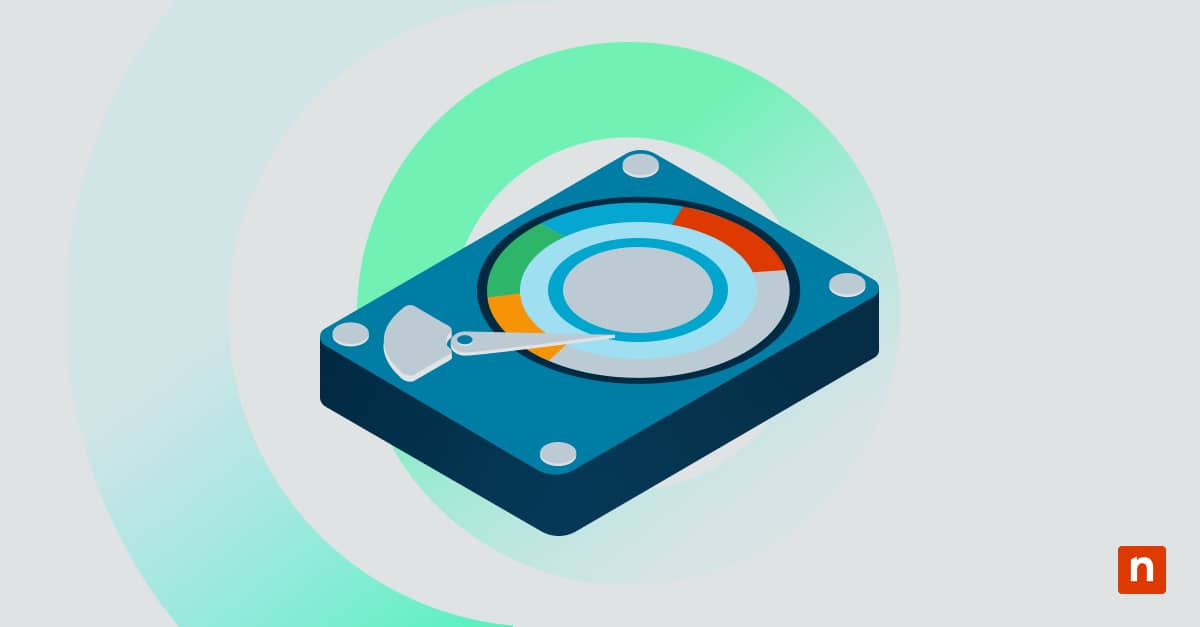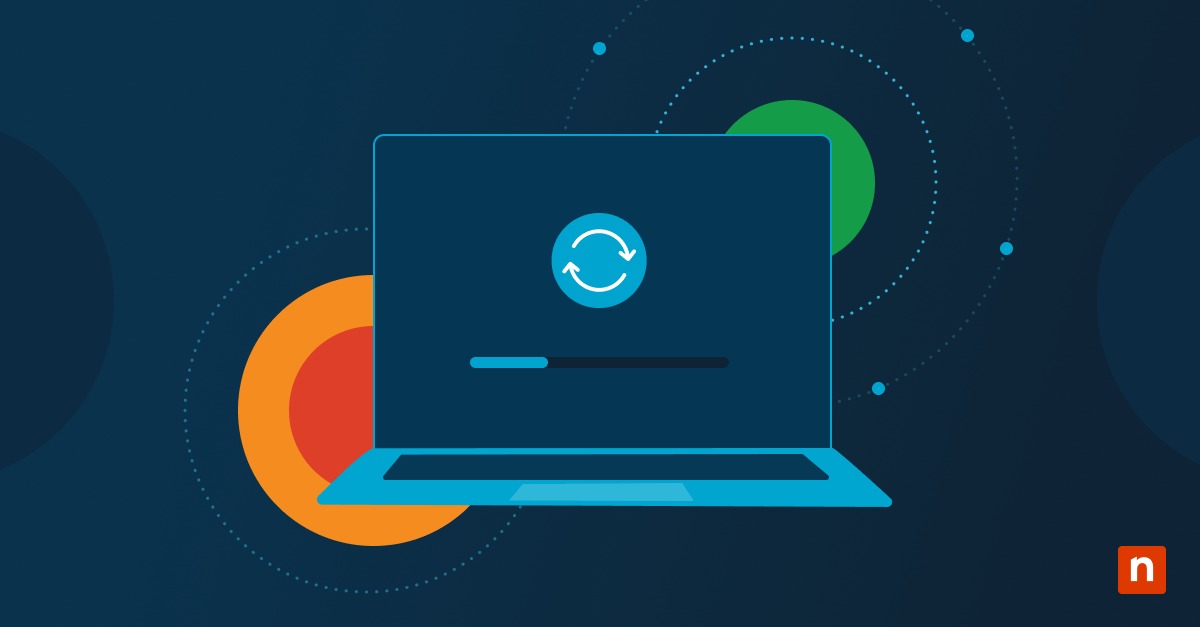As AI and machine learning become core to modern IT operations, two key frameworks have taken center stage: AIOps and MLOps. While both aim to improve performance and automation, they serve distinct purposes.
Understanding the differences between AIOps vs. MLOps is essential for choosing the right approach to support your infrastructure, operational priorities, and long-term goals.
What is AIOps?
Artificial Intelligence for IT Operations (AIOps) refers to the use of artificial intelligence for enhancing and automating IT operations. Think of AIOps platforms as intelligent command centers that combine big data, machine learning, and advanced analytics to streamline everything from monitoring to service management.
AIOps primarily focuses on improving overall IT efficiency and service delivery. The technology aims to reduce alert noise, accelerate problem resolution, and provide predictive insights into potential system failures or performance degradations. In this sense, what is AIOps if not a comprehensive approach to managing complex and modern IT environments?
Visualize the real impact of AIOps in this brief video: ‘What is AIOps? (Artificial Intelligence for IT Operations)’.
What is MLOps?
Machine Learning Operations (MLOps) is a discipline that integrates machine learning, DevOps and data engineering to manage the full lifecycle of ML models in production. Its core focus is on making ML workflows scalable, repeatable, and reliable, turning experimental models into robust, deployable solutions.
What is MLOps fundamentally concerned with? At its core, MLOps addresses version control for both datasets and models, automates model training, and validation and enables continuous integration and deployment of ML systems. It ensures that models can be monitored, updated, and retrained as data evolves, bridging the gap between data science experimentation and enterprise-grade AI deployment.
AIOps vs. MLOps: Key differences
When comparing AIOps vs. MLOps, it’s important to recognize that while they share some common technologies and principles, they serve fundamentally different purposes within an organization. AIOps enhances IT operations through AI capabilities, while MLOps focuses on operationalizing the machine learning models themselves.
The key differences in focus areas between AIOps vs. MLOps include:
| Aspect | AIOps | MLOps |
| Primary focus | IT operational efficiency | Machine learning lifecycle management |
| Core activities | Incident detection, root cause analysis, automated remediation | Model training, deployment, reproducibility and governance |
| Data handled | Operational data (logs, metrics, events) | Training data, feature stores, model artifacts |
| End goal | Faster resolution of IT issues and improved infrastructure reliability | Scalable, reliable and compliant deployment of ML solutions |
Integration with IT operations
AIOps integrates directly with existing IT monitoring and management tools, augmenting these systems with AI capabilities. MLOps, conversely, establishes new operational patterns specifically for machine learning workloads, often requiring specialized infrastructure and processes.
In this context, while AIOps enhances established ITIL processes like incident and problem management, MLOps introduces new concepts such as model governance and experiment tracking to ensure lifecycle accountability.
Data pipeline management
AIOps data pipelines are optimized for real-time processing of operational telemetry, with an emphasis on correlation across systems. On the other hand, MLOps pipelines focus on reproducible data preparation for model training and consistent feature engineering.
The key distinction here lies in purpose: AIOps pipelines serve analytical needs for operational insights, while MLOps pipelines ensure consistent data handling throughout the model development and deployment lifecycle.
Scalability and automation
AIOps platforms scale to accommodate growing volumes of operational data and increasing complexity of IT environments. MLOps frameworks, meanwhile, scale to support multiple models, experiments and deployment targets. Automation in AIOps prioritizes operational response actions, while MLOps automation focuses on model retraining, validation and deployment workflows that maintain model quality and reliability in production.
MLOps and AIOps best practices
Organizations that successfully deploy these approaches typically follow these established MLOps and AIOps best practices. They start by having clearly defined objectives and measurable outcomes. They also follow incremental implementation strategies that give them a solid foundation before adding more complex capabilities.
Below, we’ll cover key points on automation strategies and feedback loops — two essential, but often overlooked, aspects of effective implementation.
Automation strategies
Strategic automation is central to realizing the full potential of both AIOps and MLOps. It reduces manual effort, accelerates workflows, and improves consistency across IT operations and machine learning deployments. When applied thoughtfully, automation can unlock significant gains in scalability, reliability, and response times.
Here are some AIOps and MLOps best practices to follow:
- Target high-impact tasks: Focus on repetitive, resource-heavy activities like alert correlation (AIOps) or model validation (MLOps).
- Start with oversight: Roll out automation gradually, keeping humans in the loop until workflows are proven.
- Set guardrails: Define clear triggers and approval points, especially for production-facing processes.
Monitoring and feedback loops
AIOps and MLOps best practices emphasize the importance of robust monitoring and continuous feedback mechanisms to maintain effectiveness over time. In AIOps, this means not only monitoring systems and infrastructure, but also evaluating the performance of the AIOps platform itself, tracking metrics such as false positives, alert fatigue, and mean time to resolution. This ensures the AI continues to drive real operational value and adapts as environments evolve.
In MLOps, monitoring extends beyond system health to include detailed oversight of model performance in production. This includes tracking accuracy, precision, data drift, and how model outputs impact business KPIs. These insights feed back into the model lifecycle, triggering retraining or adjustments when performance degrades. By embedding feedback loops across both operational and model layers, organizations can ensure ongoing reliability, relevance, and accountability in their AI systems.
Implementation challenges and solutions
Adopting AIOps or MLOps comes with common challenges that organizations must address to ensure success. One of the most critical is data quality — poor or inconsistent data can severely limit the effectiveness of AI-driven systems. Establishing strong data governance practices and implementing cleansing pipelines before deployment is essential to ensure reliable outcomes.
Cultural resistance is another frequent barrier. Teams used to traditional workflows may be reluctant to trust AI-generated insights or automated decisions. Addressing this requires transparency in how AI makes decisions and a phased approach to automation, starting with human oversight and gradually increasing autonomy as confidence grows.
Technical debt can also slow implementation, especially for AIOps, which must often integrate with legacy monitoring tools. In these cases, API-based integrations or middleware platforms can bridge gaps without requiring a full infrastructure overhaul.
For MLOps, a major challenge is the shortage of skilled talent. Many organizations respond by investing in internal upskilling programs or partnering with external experts to accelerate early-stage implementation. Building a foundation of shared knowledge and capabilities is key to sustaining long-term success.
Deciding between AIOps and MLOps for your organization
Choosing between AIOps vs MLOps — or determining how to implement both — depends on your organization’s specific needs and maturity level. While AIOps enhances IT infrastructure management through AI-driven insights and automated remediation, MLOps focuses on streamlining the machine learning lifecycle from development to deployment.
Companies with complex IT environments often benefit from AIOps implementations first, establishing the operational foundation that can later support advanced MLOps practices.
Consider these factors when making your decision:
- Identify gaps in your current IT and ML workflows.
- Align your choice with your strategic focus — operational efficiency (AIOps) or ML delivery (MLOps).
- Ensure compatibility with your existing tech stack and processes.
- Assess team readiness and skills for adopting new practices.
- Decide between building in-house or using an end-to-end platform.
Many organizations find value in implementing both disciplines, with AIOps improving overall IT operations while MLOps ensures the reliable delivery of machine learning capabilities. The key is to approach implementation strategically, focusing on specific business outcomes rather than technology for its own sake.


